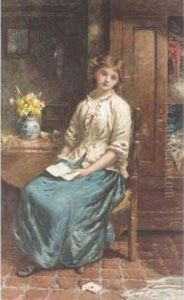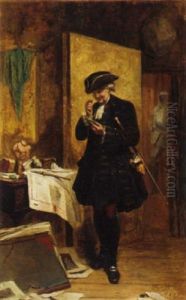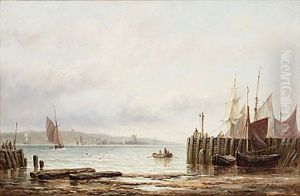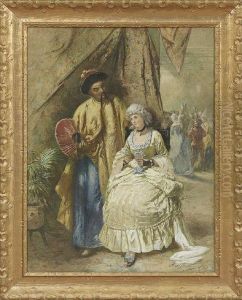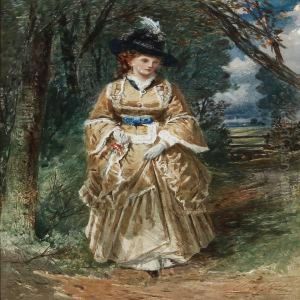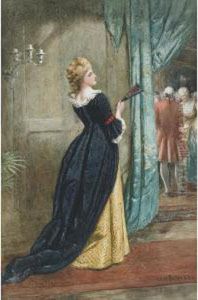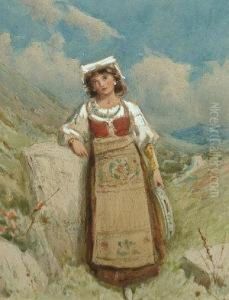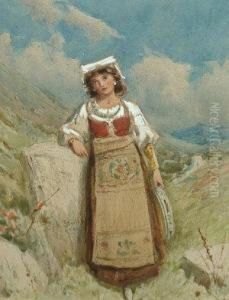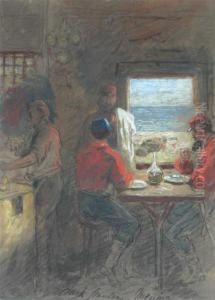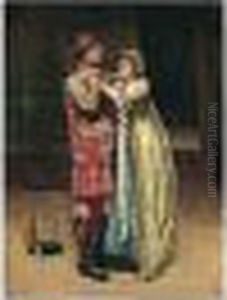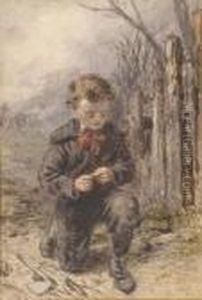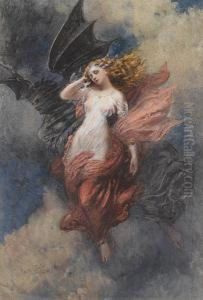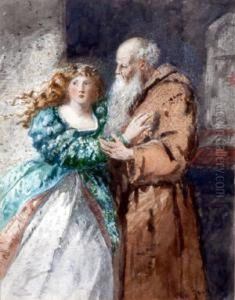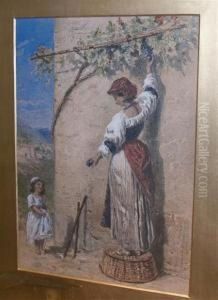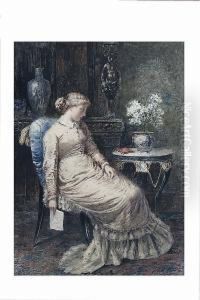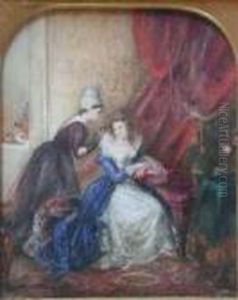George Clark Stanton Paintings
George Clark Stanton was a distinguished British engraver, artist, and illustrator, born in 1832. His career was marked by his exceptional skill in the field of engraving, which was a highly regarded art form during the 19th century. Stanton's work contributed significantly to the Victorian era's visual culture, capturing the intricacies of both the natural world and human figures with remarkable precision and depth.
Stanton's early life was dedicated to mastering his craft. He was apprenticed to an engraver at a young age, which was a common practice for aspiring artists during this period. This rigorous training equipped him with the technical skills and artistic sensibilities that would define his later work. Throughout his career, Stanton worked on a variety of projects, including book illustrations, portraits, and landscapes. His engravings were known for their meticulous detail and ability to convey texture and emotion, making them highly sought after by publishers and collectors alike.
During the mid to late 19th century, Stanton became involved with several prominent publications and projects. He contributed to illustrated newspapers and periodicals, which were a primary source of information and entertainment for the public. These publications often featured serialized novels, historical texts, and scientific works, all enhanced by the engravings of artists like Stanton. His ability to translate complex scenes and narratives into compelling visual stories made his work an integral part of the period's literature and journalism.
Beyond his contributions to printed media, Stanton's legacy also includes his influence on the next generation of engravers and artists. He was known for his dedication to the craft and his willingness to engage with emerging trends in art and technology. This openness to innovation helped to sustain the relevance of engraving as an art form, even as photography and other technologies began to emerge.
George Clark Stanton passed away in 1894, leaving behind a body of work that continues to be appreciated for its beauty, technical prowess, and historical significance. His engravings not only captured the spirit of his times but also contributed to the rich tapestry of Victorian art. Stanton's legacy is a testament to the enduring appeal of engraving and its capacity to tell stories, convey emotions, and capture the complexity of the world with remarkable clarity and depth.
